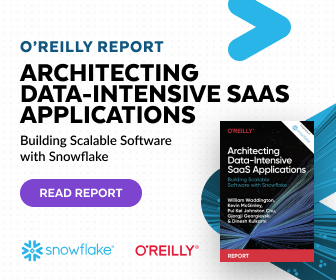Data Architecture Principles
By definition, data architecture is a blanket term that covers both the policies, rules, standards, and models that govern data collection and how data is stored, managed, processed, and used within the organization.
Data Architecture best practices have evolved over time as data sources and data usage have expanded exponentially. A few key modern Data Architecture principles for today's data-driven marketplace are listed below.
- Consider Data a Shared Resource - Eliminating regional, business unit, and departmental data silos is the surest way to ensure organizational stakeholders can access the data they need to drive insights and also receive a 360 degree view of the business.
- Ensure Security and Control Access - Data platforms such as Snowflake allow data governance and access controls at the raw data level, eliminating ad-hoc security further down the data pipeline. With today's demands for widely available real-time data, highly secure self-service access is increasingly become a necessity.
- Reduce or Eliminate Data Movement and Replication - Any time data is moved or copied, precious time and resources are consumed and data fidelity is potentially compromised. Modern data platforms require MPP (massively parallel processing) to support a multi-workload, multi-structure environments, They also need to support high user concurrency across disparate units and/or geographies. The only way to achieve this is through a cloud data platform that can leverage economies of scale (up, down, or out) to meet fluctuating business workload requirements.
Data architecture touches upon many roles in an organization. At the top of the pyramid is, naturally, the data architect(or big data architect), who maps the entire data ecosystem against business requirements and is ultimately responsible for execution of defined data architecture principles. Further downstream, -- in the day-to-day data workflow -- sits the data engineer, who is responsible for data pipeline and ingestion management, as well as data quality control. At the consumption end of the data lifecycle sits both data analysts, who manages data feeds and builds reports for data stakeholders in the business, and the data scientist, who mines data to drive business insights.
Snowflake and Data Architecture Principles
Snowflake's Data Cloud deploys unique architecture that allows data engineers, data analysts, and data scientists to maximize productivity without the performance, scale, or concurrency limitations of other solutions. Snowflake provides a single, near-zero maintenance platform-as-a-service. Logically integrated but independently scalable compute, storage, and cloud services layers that leverage MPP provide organizations with unlimited workload and user concurrency and full elasticity.
Compatible with popular BI ETL, and data science tools, Snowflake enables data pros to support the widest range of data warehouse, data lake, data engineering and data science workloads.
